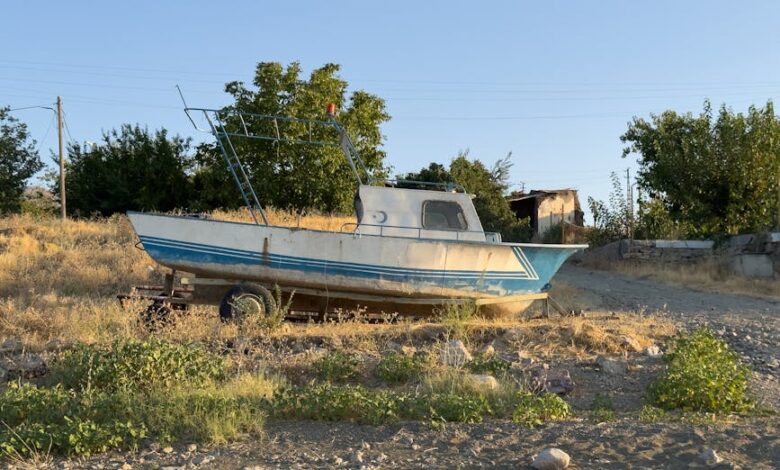A Glimmer of Hope: The Historic Israel-Hamas Captive Exchange Unfolds

A Glimmer of Hope: The Historic Israel-Hamas Captive Exchange Unfolds
In a significant development that has captured global attention, a complex and emotionally charged exchange between Israel and Hamas has commenced. This meticulously coordinated process, operating under a U.S.-brokered ceasefire agreement, marks a pivotal moment in the ongoing regional tensions, offering a rare glimpse of diplomatic progress. The exchange sees the release of Israeli captives held in Gaza alongside a substantial number of Palestinian detainees from Israeli prisons, aiming to de-escalate hostilities and bring a measure of relief to families on both sides.
The intricate details of the deal reveal the depth of negotiations required to facilitate such a sensitive exchange. Beyond the immediate release of individuals, this agreement has sparked cautious optimism about the potential for further humanitarian pauses and perhaps even broader discussions on the future of the conflict. It’s a testament to sustained international efforts and the dire need for de-escalation in a region fraught with deep-seated challenges.
The Mechanics of a Coordinated Prisoner Exchange
The intricate arrangement between the warring parties has been carefully orchestrated to ensure a simultaneous and reciprocal release. Israel and Hamas have begun a coordinated exchange under a U.S.-brokered ceasefire agreement, with all 20 remaining Israeli captives released from Gaza, and Israel starting to free hundreds of Palestinians as well. This reciprocal action highlights the carefully balanced nature of the humanitarian pause, where each step is contingent on the other, fostering a fragile but crucial trust.
The scale of the Palestinian releases is substantial, reflecting various categories of detention. As part of the deal, Israel is freeing 250 Palestinians serving long and life sentences, along with 1,700 others from Gaza who had been held without charge since October 7, 2023. This dual approach addresses long-standing judicial cases as well as more recent detentions, underscoring the comprehensive scope of the negotiated terms for the Palestinian detainees.
Adding another layer to the complex process, certain individuals face unique post-release conditions. The Prisoners’ Media Office confirmed that 154 of those freed were exiled by Israel and sent to Egypt to complete their release procedures under the ceasefire agreement. This measure, while facilitating their freedom, also imposes a significant geographical separation from their homes and communities, reflecting the sensitive security considerations inherent in such an exchange.
Joy and Relief as Palestinian Detainees Return
The anticipation and emotional outpouring surrounding the release of Palestinian detainees have been palpable. Thousands of Palestinians gathered outside Nasser Hospital in Khan Younis to welcome the newly freed detainees, waving flags and chanting as buses arrived in the early hours. This powerful display of community solidarity and jubilation underscored the profound personal and collective significance of these releases, transforming a logistical event into a moment of shared celebration.
Concerns for the welfare of the released individuals were also a priority, given the conditions of their prior incarceration. Medical teams were on standby to examine those released, following what officials described as “years of harsh and degrading conditions” in Israeli prisons. This immediate medical attention highlights the humanitarian dimension of the exchange, ensuring that physical and psychological well-being is addressed upon their return to freedom and family.
For many Palestinian families, the return of a loved one represents the end of an agonizing wait and the beginning of a long-awaited reunion. These gatherings, filled with cheers and embraces, serve as a vivid reminder of the human impact of the conflict and the profound desire for stability and peace that resonates across the region.
The Return of Israeli Captives and International Reactions
On the Israeli side, the return of their citizens from Gaza has been met with immense relief and gratitude. All 20 Israeli living captives have now been freed and returned to Israel, marking a successful outcome for the primary objective of securing the safe passage of these individuals home. These reunions, often broadcast or shared, have brought a wave of emotional closure to families who had endured weeks of uncertainty and anguish over the fate of their loved ones held by Hamas.
While the immediate goal of freeing living captives has been achieved, the full scope of the humanitarian effort continues. The bodies of 28 other deceased Israelis remain in Gaza and are expected to be handed over in the coming days. This ongoing process underscores the continued need for cooperation and adherence to the terms of the ceasefire agreement, ensuring dignity and closure for all affected families.
The international community has widely welcomed the exchange and the underlying ceasefire agreement. U.S. President Donald Trump praised the return of the freed Israelis, calling it “the historic dawn…” This sentiment was echoed by numerous global leaders and organizations, who see the exchange as a critical step towards de-escalation and a testament to the power of diplomacy, even in the most challenging of circumstances. The emphasis on returning captives and detainees is often a crucial first step in fostering an environment conducive to broader peace discussions.
Moving Forward: Hopes for Lasting Peace and Stability
This coordinated exchange of Palestinians released by Israel as Hamas hands over captives represents more than just a logistical operation; it is a tangible outcome of painstaking diplomatic efforts and a moment of profound significance for countless families. While the immediate focus is on the human element—the reunion of loved ones—this prisoner exchange also carries broader implications for the future of the region.
The success of this U.S.-brokered ceasefire agreement and the ongoing release process offer a fragile but vital foundation for potential future dialogues. It demonstrates that communication channels, however strained, can yield results when there is a shared commitment to humanitarian principles. This historic moment, therefore, should serve as an impetus for continued efforts toward a more comprehensive and lasting peace in the Middle East.
As the international community watches closely, the hope remains that this pivotal exchange can pave the way for sustained humanitarian aid, longer ceasefire periods, and ultimately, a more stable and peaceful future for all involved. Continued engagement and a commitment to diplomatic solutions are paramount to building upon this moment of shared relief and transforming it into genuine progress.





